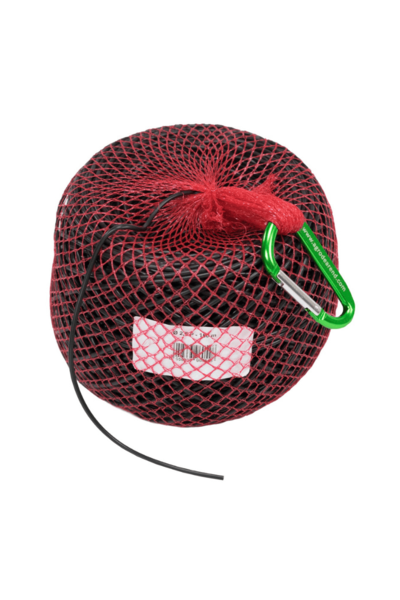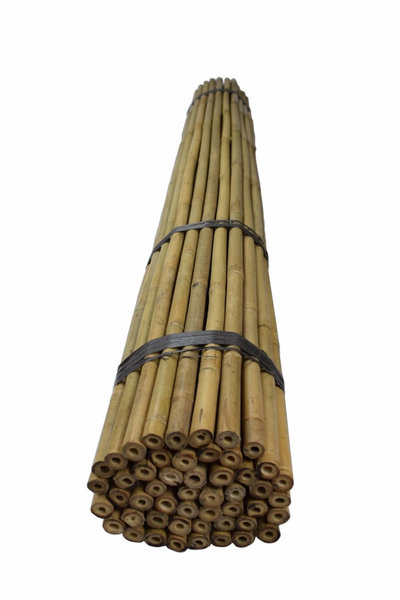Young Chinaberry Tree | Melia azedarach
The Melia azedarach emits a delightful fragrance reminiscent of lilacs. This is due to the lilac-pink plume flowers that bloom on the tree. The yellow fruits that develop on it remain hanging until deep into winter.
Discount!
- Quantity Discount Per piece
- -10% €48,83 Incl. VAT
Guaranteed damage-free delivery
Free shipping from €150,- (International)
Can be planted throughout the year
Origin
The Melia azedarach, also known as Indian Lilac or Bead Tree, is a deciduous tree that originates from Asia and Australia.
Flowering
The name Indian Lilac is attributed to the plume-shaped flowers of the tree. These flowers are light violet in color and bloom in the months of May to June. The flower plumes are approximately 20 to 25 cm in size and bloom in loose clusters.
Leaves
The leaves of the Melia azedarach are doubly pinnate and 30 to 40 cm in size.
Berries
The yellow, round berries that appear on the tree in large quantities after flowering are toxic to many animals. Various birds can eat the fruits and thus spread the seeds contained within the fruit. The tree owes its name "Bead Tree" to these berries.
Location
The Indian Lilac thrives on almost all well-draining soils. It tolerates drought very well and prefers a warm, sunny location. The tree is resilient to wind.
Winter Hardiness
The tree tolerates cold poorly, making it moderately winter-hardy. Due to this moderate winter hardiness, the Indian Lilac is often kept as a potted plant in the Netherlands and surrounding countries. In a well-protected location, it can also be planted in the open ground, but one should always consider frost.
How to plant the tree?
- Determine the final location of the tree and ensure it is free from cables, debris, old plants, and other obstacles that may hinder the tree's growth.
- Dig a planting hole that is twice the width of the root ball. Loosen the soil at the bottom of the planting hole and mix the excavated soil with (organic) garden soil or planting substrate.
- Adjust the planting hole to the height where the root ball fits and firmly press the soil.
- Fill the planting hole with water and wait for it to settle. Check if the root ball is sufficiently moist.
- Place the tree or plant in the planting hole. It is extremely important that the tree is not planted too deep, as this can cause root rot.
- Insert a tree stake or bamboo stake firmly into the ground on the side of the tree where the most wind comes from.
- Now, place the watering ring or create a mound of soil around the tree so that water can seep into the ground.
Why Choose a Young Tree from Amitis
- Easy to plant yourself due to the compact size and light weight
- Conveniently delivered to your home in a sturdy packaging
- Experience the growth and development of your own tree
- Easy to maintain
- Cultivate the size and growth form you are looking for
- Attain mature size within a short time
- Can be planted year-round as everything is delivered in pots
- No root loss and better chances of establishment as everything is pot-grown
- Cost-effective purchase
- Fresh, healthy plants directly from the grower
Questions?
Want to know more about pruning? Read our page on tree maintenance! Feel free to contact us; we are happy to assist!
Specifications
-
Flower color
Purple -
Flowering months
May-June -
Location
Sun-semi shade -
Fruits
Round light yellow berry -
Evergreen
Not wintergreen -
Winter hardiness
Moderately winter-hardy -
Leaf color in summer
Dark Green -
Leaf color in autumn
Yellow
Reviews











